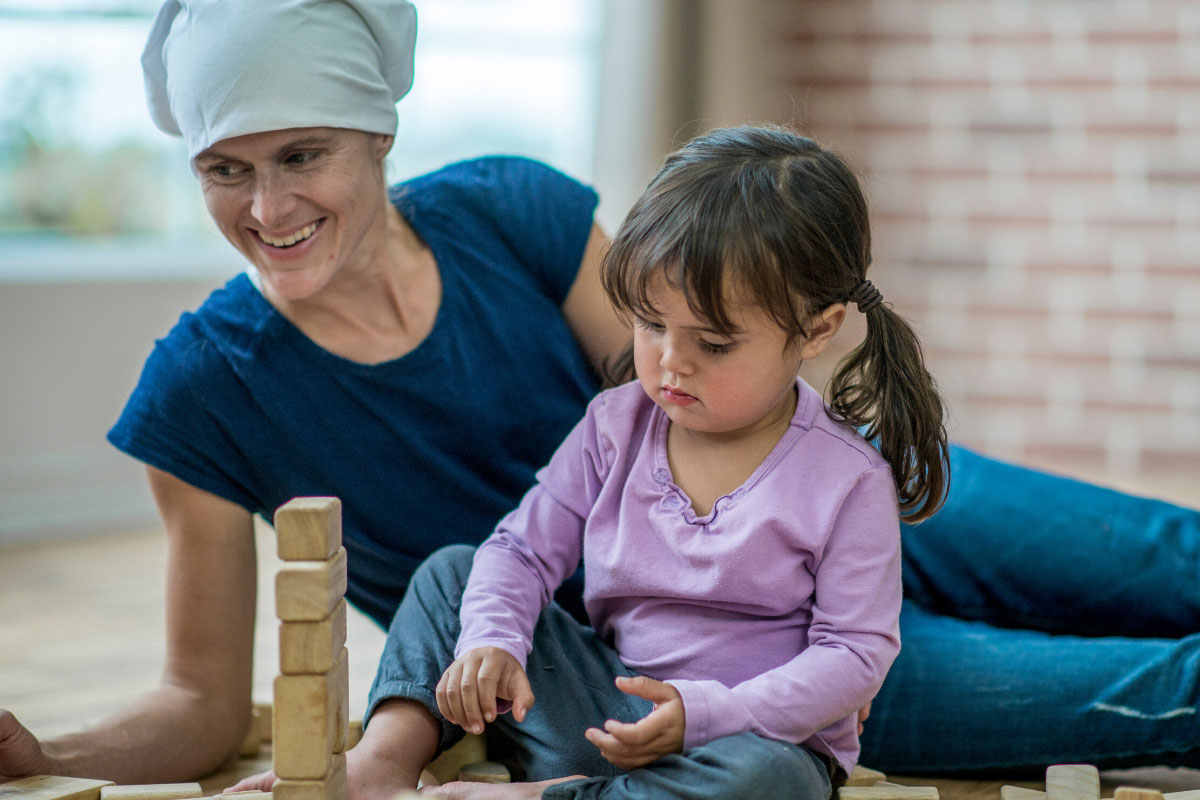
More than one million people in Australia are either living with or have lived with cancer, according to the Australian
Institute of Health and Welfare1.
While cancer survival rates have increased, and cancer mortality rates continue to drop, around 30 percent of deaths
in Australia are from cancer. Considering a current population of 25.7 million people, it’s estimated just
over 124,000 people will be diagnosed with new cases of cancer in 2020. These are sobering statistics and one reason
why chemo@home aims to make the experience of oncology treatment a little more tolerable.
What is chemo@home?
The chemo@home program from HBF is for
people who need chemotherapy or other medical infusions to treat a chronic illness. It allows HBF members to receive
oncology treatment in the comfort of their own home – the same treatment they would normally have in a
hospital.
Oncology patients experience very little disruption from the chemo@home service. It is provided by a Registered Nurse
who specialises in chemotherapy. They bring all the equipment and medications needed and remove all waste when they
leave.
The idea behind chemo@home is to create a convenient way for cancer patients to receive chemotherapy in a much more
relaxing environment. Your care is centred around the needs of you and your family. You’ll have
around-the-clock phone support from nursing staff to give you peace of mind about your care.
What types of services and treatments are offered by chemo@home?
You can safely receive many chemotherapies, targeted therapies and immune therapies without having to leave your
home. This includes treatment for most types of cancer including:
- Breast
- Colorectal
- Melanoma
- Gastrointestinal
- Lung cancer
- Leukaemia
- Lymphoma
- Myeloma
In addition to chemotherapy for cancer treatment, infusions for other chronic conditions like rheumatoid arthritis,
multiple sclerosis or Crohn’s Disease can be taken in the home. Medications such as antibiotics and iron
infusions can be received, along with:
- Bone strengthening medications:
- zoledronic acid
- denosumab
- Colony stimulating factors:
- filgrastim
- pegfilgrastim
- epoetin
Visit the chemo@home page for a list of
treatments and medications.
The benefits of receiving hospital treatments at home
Perhaps the biggest benefit to chemo@home, especially if you’re feeling unwell, or will feel unwell after your
treatment, is convenience. You don’t have to travel or arrange transport. If your immune system is already
compromised because of cancer or another illness, you’re also less likely to contract anything else when you
limit the number of people you encounter to get your treatment.
There’s also a cost savings to having treatment at home. You don’t have to pay for parking, petrol, or
public transportation costs. It’s much easier to manage childcare and carer schedules when you can stay at
home.
Getting started with chemo@home
It couldn’t be easier to start receiving treatment in your home.
- Speak with your specialist about the possibility of receiving at-home care for chemotherapy or any other
treatment requiring an infusion.
- Ask for a referral to chemo@home.
- Start your first session.
How do I sign up for chemo@home and how much does it cost?
Nearly every hospital cover
option at HBF includes chemo@home, except for Basic Hospital Plus. If you are on any of the following health
plans, you are eligible for chemo@home services.
You won't have any gaps to pay for the cost of your treatment—this is fully covered for HBF members. However,
you may have some out-of-pocket expenses to pay for pharmacy items included in your chemo@home treatment. It’s
best to check with your specialist before you start treatment to determine what those costs will be.
You can also
read the chemo@home patient information booklet for additional information.
If you have any questions about chemo@home, get in touch with us. HBF
considers this treatment an ideal way for members to get well with minimal disruption and expense.
Sources:
1 AIHW - Cancer in Australia (2019)